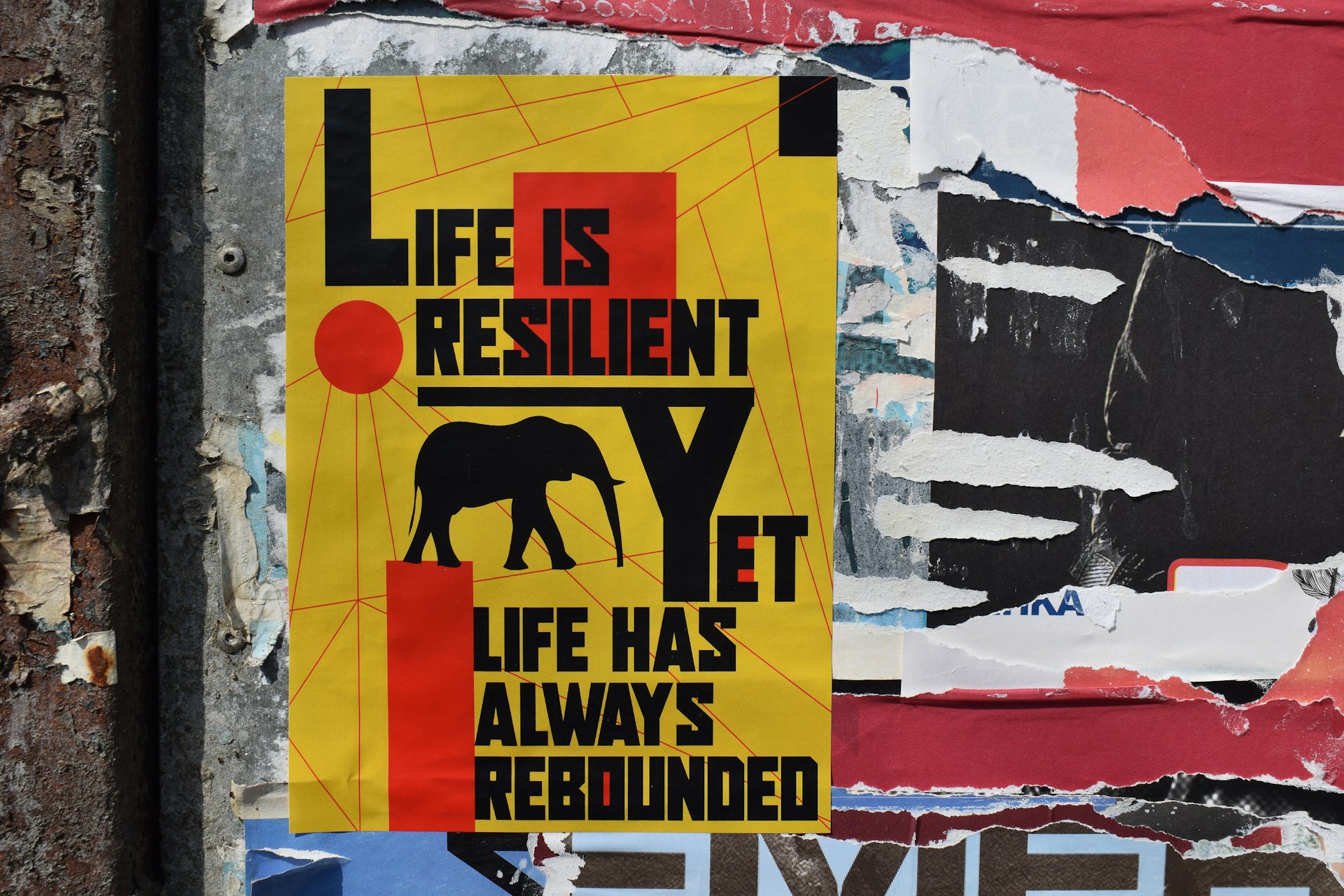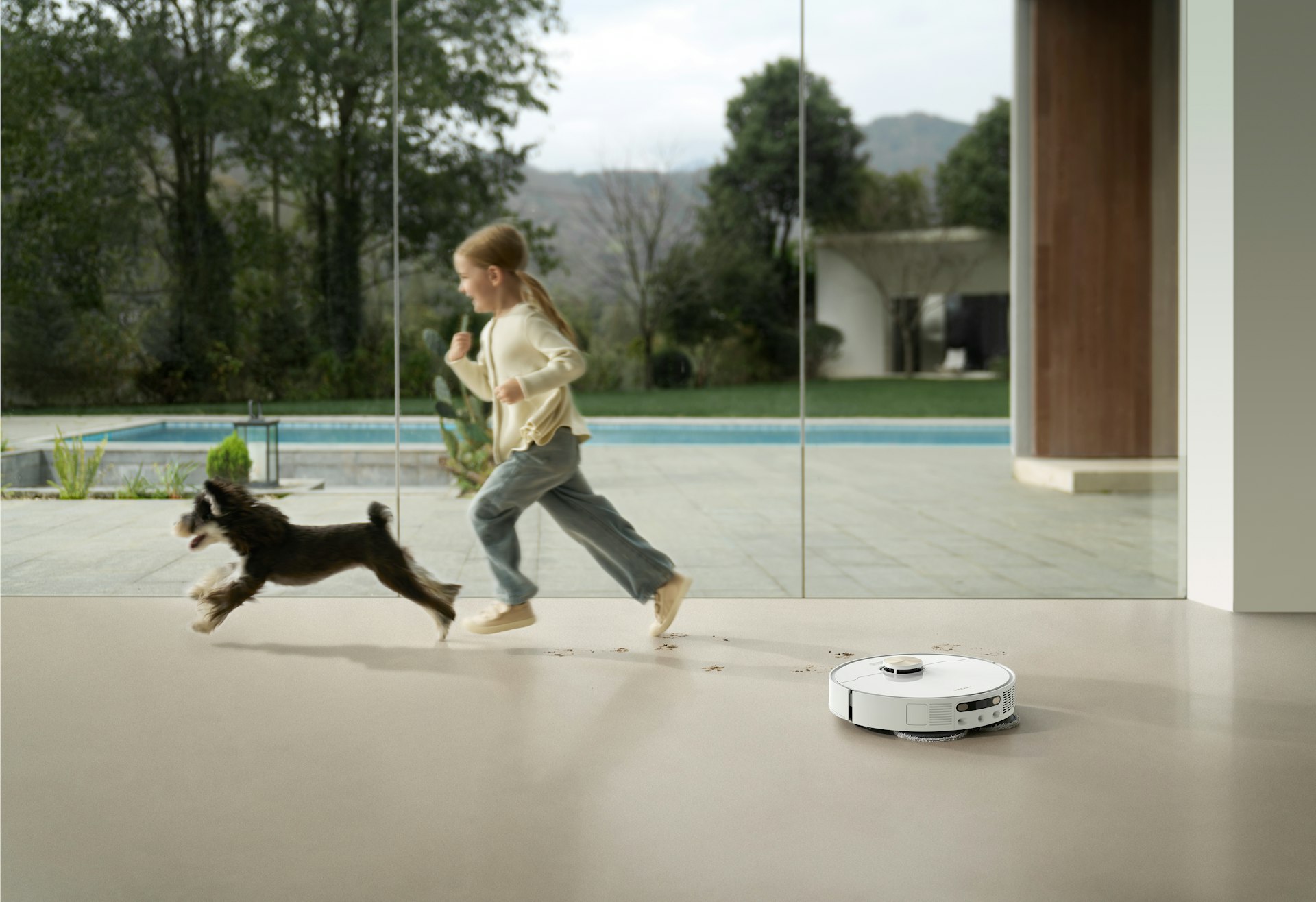Transforming Cities: How Wellness Spaces Redefine Urban Living

Photo by Kouji Tsuru on Unsplash
Introduction: The Rise of Wellness Spaces in Modern Cities
As urban environments continue to expand, the need for spaces that support mental, physical, and social well-being is more urgent than ever. Wellness spaces in cities are designed to counteract the stresses of urban life, offering city dwellers places to relax, recharge, and reconnect with themselves and their communities. These spaces range from innovative parks and greenways to immersive wellness centers, biophilic workspaces, and integrated residential developments. Understanding how these environments are created, accessed, and maintained is essential for anyone looking to improve their quality of life in the city.
1. Green Spaces and Urban Parks: Natural Solutions to Urban Stress
Urban parks and green spaces are proven to deliver measurable health benefits. In London, the ‘Green Heart Parks’ initiative demonstrates how large green areas can reduce the urban heat island effect, lowering nighttime temperatures by up to 4°C and creating more comfortable microclimates in dense neighborhoods. This cooling effect, along with increased access to nature, has been linked to stress reduction, improved mood, and stronger community bonds [1] .
For example, New York City’s High Line -a transformed elevated rail line-now serves as a lush greenway, home to over 500 plant species and a variety of wellness programs. Tai Chi classes, guided walks, and art installations are offered to encourage physical activity, mindfulness, and social interaction. Research on urban parks like the High Line shows that regular access to green spaces can lower BMI and improve overall health outcomes [1] .
If you wish to access these city parks and their wellness programs, visit your city’s official parks and recreation department website or search for community wellness events in your area. Many programs are free or low-cost and open to residents of all ages.
2. Wellness Centers: Urban Oases for Integrated Health
Beyond parks, modern cities now host a growing network of wellness centers that blend traditional and contemporary approaches to health. The Well in New York City is a membership-based wellness club offering a holistic suite of services, including Western and Eastern medicine, health coaching, yoga, meditation, sports medicine, and more. Their integrative team creates personalized wellness plans that combine the best of multiple modalities [2] .

Photo by Antony Henao on Unsplash
Another standout is Inscape , a meditation studio in New York, which provides guided sessions in immersive spaces designed for relaxation and emotional well-being. These centers make wellness accessible with flexible drop-in sessions, personalized programs, and expert facilitators [2] .
For those seeking a luxury experience, the Aman Spa New York offers advanced wellness and performance science services in a serene environment, including private spa houses, hydrotherapy, and holistic treatments [2] .
To access these resources, visit the official websites of local wellness centers or search for ‘urban wellness center’ with your city name. Memberships and drop-in rates vary, and many centers offer introductory packages or complimentary first-time sessions.
3. Biophilic Design: Bringing Nature Indoors
Biophilic design-integrating natural elements into built environments-has become a key trend in wellness spaces. The Second Home workspace in Lisbon, for example, features over 1,000 plants, abundant light, and spaces for yoga and cultural events, supporting creativity and productivity through ‘Vitamin Nature’ [3] .
At the Karolinska Institutet in Stockholm, a biophilic gym includes circadian lighting, muraled walls, and sustainable materials, providing students with a health-promoting break from research. These environments are designed to reduce stress, improve cognitive function, and enhance overall well-being [3] .
If you are interested in biophilic workplaces or gyms, search for coworking spaces or fitness centers in your city that highlight wellness-focused or biophilic design. Many modern developments now showcase these features prominently in their marketing materials.
4. Architecture for Wellness: Next-Generation Urban Developments
Urban planning and architecture are increasingly prioritizing wellness. In London, The Round is a $2 billion mixed-use development aiming to be the UK’s first community to achieve the WELL Community Gold Standard. This project will offer over 30,000 square feet of wellness-focused facilities, including gyms, pools, meditation rooms, air and water filtration, and green terraces. These features are designed to support both physical and mental health for residents and workers [4] .
Smaller-scale innovations include office buildings with daylight-mimicking lighting, acoustic panels for noise reduction, and on-site amenities like yoga, cold plunges, and art therapy. In Cologne, the Valentyns workspace has reportedly reduced sick days by 30% since its wellness-focused redesign [4] .
To learn about new wellness-focused developments in your city, visit your local planning department’s website or search real estate listings for buildings with WELL certification or similar wellness-oriented features. Prospective tenants and buyers can request information about available amenities and health-focused design elements.
5. Accessing Wellness Spaces: Practical Steps and Alternatives
Finding and accessing wellness spaces in urban environments can be straightforward with the right approach. Here are practical steps:
- Use official city and parks department websites to locate public green spaces, recreation programs, and community wellness events.
- Search for ‘wellness center’, ‘biophilic workspace’, or ‘urban retreat’ with your city or neighborhood name to find private or membership-based facilities.
- Contact your local chamber of commerce or tourism board for information on innovative wellness venues or public-private partnerships supporting community health.
- Look for real estate or coworking listings that mention WELL certification, green building standards, or wellness amenities.
Many wellness spaces offer free or introductory sessions, community programs, or sliding-scale pricing. If you need more affordable options, check public libraries, community centers, and non-profit organizations, which may have wellness programming or can refer you to local resources.
6. Overcoming Challenges and Embracing Alternatives
While wellness spaces in cities are expanding, some barriers remain. Access may be limited by location, cost, or availability of programs. If you encounter challenges, consider these alternatives:
- Use city parks and greenways for self-guided wellness activities like walking, meditation, or group exercise.
- Seek out digital wellness platforms that offer virtual classes, guided meditations, or health coaching.
- Organize a wellness group with friends or colleagues to share resources, host events, or create pop-up wellness spaces in public areas (with necessary permissions).
- If interested in biophilic design for your home or workspace, incorporate plants, natural light, and calming colors to create your own wellness environment.
City governments and non-profits may also offer grants or partnerships for community wellness projects. Contact your local public health department or city wellness coordinator for more information.
Conclusion: Wellness Spaces as the Future of Urban Living
Wellness spaces are transforming the urban experience by making health and well-being accessible, visible, and valued in city life. From innovative parks and immersive wellness centers to biophilic workplaces and next-generation developments, these environments provide concrete benefits: reducing stress, improving physical health, and fostering community. By taking advantage of available resources, staying informed about new developments, and adopting simple wellness practices, anyone can benefit from the growing movement to make cities healthier, happier places to live.
References
- [1] GX Outdoors (2023). Exploring the Future of Wellness: 4 Innovative Park Approaches.
- [2] Destination Deluxe (2022). City Wellness Centers Are Your Escape From the Hustle.
- [3] Biofilico (2021). 5 Best Biophilic Design Examples.
- [4] Wallpaper (2023). Architecture and wellness: can design make you healthier?



